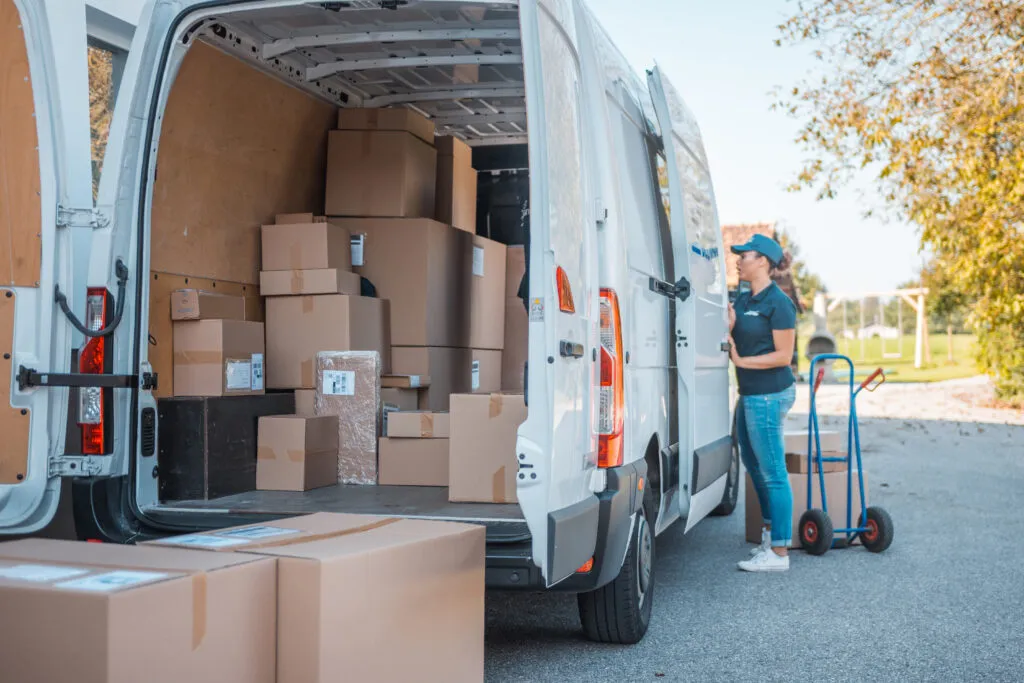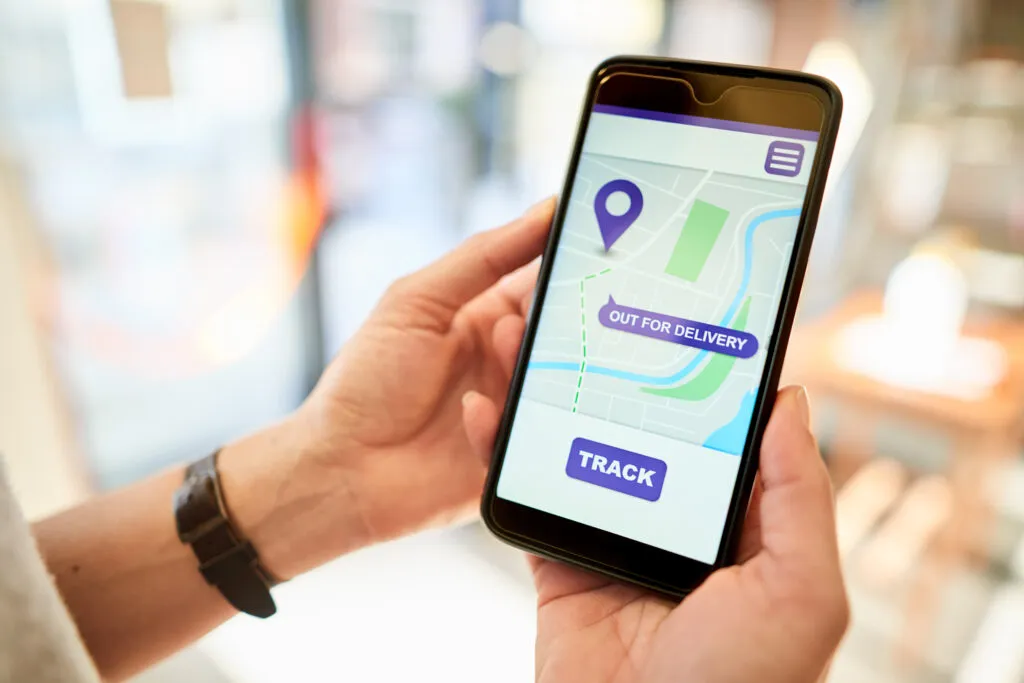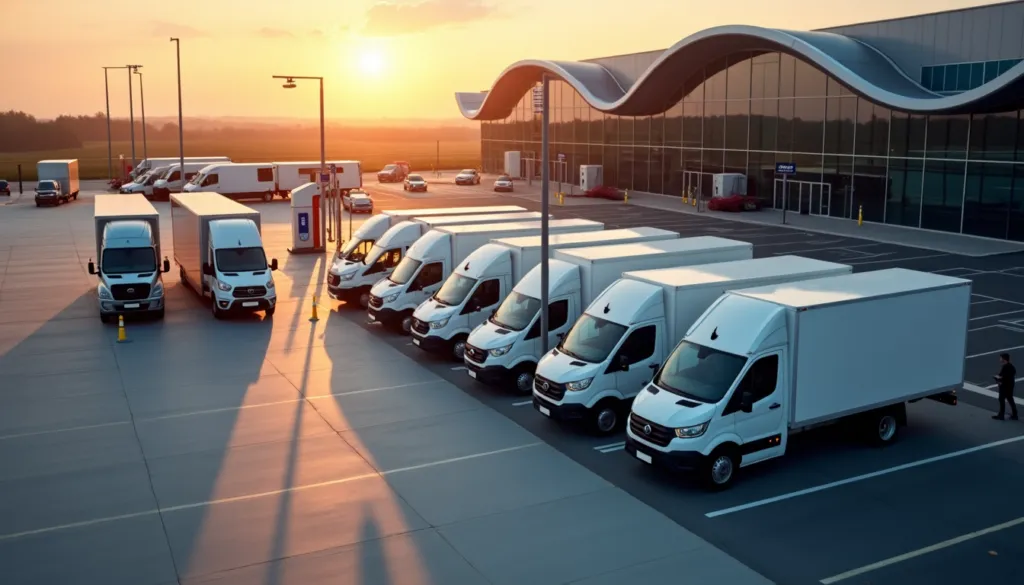
Get home early with RoadWarrior.
Enter your stops, optimize your routes, manage your team – quickly and efficiently.
Try RoadWarrior free for 7 days
Try free for 7 daysIt’s crucial to have a streamlined system for tracking deliveries and ensuring that they reach their intended destinations in a timely manner. One of the key components of this system is proof of delivery (POD), which provides evidence that a package has been successfully delivered to its final destination. In the trucking industry, where thousands of packages are transported on a daily basis, having an efficient and reliable proof of delivery process is essential.
What is Proof of Delivery in Trucking?
Proof of delivery is a document that serves as evidence that a shipment has been received by the intended recipient. It confirms that the package has reached its final destination and is in the right condition. This document can be in both digital and paper formats. In the digital form, it may consist of an electronic signature or a photo of the package at the drop-off point. A paper proof of delivery could be a physical document that the recipient signs upon receiving the package.
The purpose of proof of delivery is to protect the interests of both the delivery company and the customer. It ensures that the customer receives their package and can provide evidence in case of any disputes regarding the delivery, such as claims of non-receipt or damage. By having a solid proof of delivery process in place, trucking companies can minimize the risk of lost or stolen packages, improve customer satisfaction, and protect themselves from potential liability.
Key Features of Proof of Delivery in Trucking
A proof of delivery document typically includes the following information:
- Recipient’s Information: The name and address of the person or company receiving the package.
- Delivery Details: The date and time of delivery, as well as the location where the package was dropped off.
- Signature or Electronic Confirmation: A signature or electronic confirmation from the recipient, acknowledging that they have received the package.
- Shipping Details: Information about the carrier, such as the tracking number or the name of the driver who made the delivery.
- Description of Package: A brief description of the package, including any special instructions or handling requirements.
Having all this information recorded and stored in a centralized database is crucial for tracking purposes and resolving any issues that may arise during the delivery process.
Benefits of Proof of Delivery in Trucking
Implementing a robust proof of delivery system in the trucking industry offers several benefits for both the delivery company and the customer:
1. Ensuring Delivery Accuracy and Accountability
Proof of delivery provides a reliable method for verifying that a package has been delivered accurately and to the right recipient. With the recipient’s signature or electronic confirmation, there is concrete evidence that the package reached its intended destination. This reduces the risk of errors or miscommunication during the delivery process.
2. Minimizing Disputes and Liability
By having a proof of delivery document, trucking companies can protect themselves from disputes and potential liability. In case of any claims of non-receipt or damage, the proof of delivery serves as evidence that the package was delivered and received in good condition. This can help resolve disputes more efficiently and avoid unnecessary expenses or legal complications.
3. Improving Customer Satisfaction and Loyalty
A smooth and reliable delivery process enhances the overall customer experience. When customers receive their packages on time and can provide proof of delivery to their satisfaction, it increases their trust and confidence in the delivery company. This, in turn, leads to greater customer satisfaction and loyalty, as well as positive word-of-mouth referrals.
4. Preventing Loss or Theft
Proof of delivery can also act as a deterrent against theft or loss of packages. By capturing an image or electronic confirmation of the delivered package, both the delivery company and the customer have documentation to prove that the package was received. This reduces the risk of porch piracy or false claims of non-receipt.
How Proof of Delivery is Used in Real-World Scenarios
Let’s explore a few real-world scenarios to understand how proof of delivery is used in trucking:
Scenario 1: Residential Delivery
A delivery driver arrives at a customer’s house to hand over a package. The driver captures an image of the package being delivered and obtains the customer’s signature on the proof of delivery document. This image and document are then recorded and stored in the delivery company’s database, providing assurance that the delivery has been fulfilled. The proof of delivery can also be sent to the customer, confirming that their package has arrived safely.
Scenario 2: Delivery in Absence of the Customer
In cases where the customer is not available to receive the package, the delivery driver can follow specific instructions provided by the customer. For example, if the customer has requested the package to be left under the side porch doormat, the driver can fulfill the order as instructed and take a photo of the package under the mat. This photo can be logged in the company’s database and sent to the customer, ensuring that they know where to find their package when they return home.
Scenario 3: Commercial Delivery with Purchase Order
In a commercial delivery scenario, a driver is transporting fresh produce to a restaurant. Before leaving the produce vendor, the driver obtains a proof of delivery document that specifies the contents of the order. Upon arrival at the restaurant, the restaurant owner compares the proof of delivery to their purchase order to ensure the correct items have been delivered. Once verified, the restaurant owner signs off on the proof of delivery, confirming receipt. The restaurant owner keeps a copy, and another copy is given to the vendor for invoicing purposes.
The Difference Between Proof of Delivery and Bill of Lading
While proof of delivery is essential for last-mile delivery and confirming the safe receipt of packages, it’s important to differentiate it from another important document in the logistics industry: the bill of lading (BOL).
A bill of lading is issued by a carrier to a shipper and serves as a contract and legal document for shipping services. It details the goods being transported, including descriptions, quantities, and destinations, as well as the terms and conditions of transport. The bill of lading stays with the shipped products and must be signed by an authorized representative upon reaching the intended destination.
Unlike proof of delivery, which is typically used in last-mile delivery, a bill of lading is used for documentation between shippers and carriers. It is not necessarily used in the final stage of delivery but earlier in the supply chain. Additionally, a bill of lading tends to be more detailed, often including a corresponding purchase order number and acting as a document of title, proving ownership of the transported goods. It is a legally binding contract, offering additional legal protection and serving as evidence of the agreed-upon terms between the shipper and the carrier.
Streamlining Proof of Delivery in Trucking with RoadWarrior Flex
To optimize the proof of delivery process in the trucking industry and simplify your logistics operations, consider using a comprehensive route management tool like RoadWarrior Flex. While there are various tools available, RoadWarrior Flex stands out as an excellent solution for trucking companies.
RoadWarrior Flex is designed to help delivery teams plan and execute their daily routes efficiently. Originally developed as a route optimization tool, it has evolved into a robust route management platform that offers a range of features to streamline your delivery processes.
With RoadWarrior Flex, your drivers have access to two types of electronic proof of delivery (ePOD): electronic signatures and photos. This enables them to capture and document the delivery process in real-time, simplifying your logistics operations and enhancing the customer experience.
The mobile app integration allows drivers to easily access the system, ensuring that electronic proof of delivery and corresponding delivery information are stored on their devices and in your main database. This centralized storage of information enhances transparency, facilitates tracking, and simplifies record-keeping.
In addition to proof of delivery, RoadWarrior Flex offers other valuable functionalities to enhance your delivery system and improve fleet management. For example, route optimization helps drivers complete their routes faster, reducing fuel consumption and improving overall efficiency. This, in turn, leads to cost savings and increased productivity.
In conclusion, proof of delivery is a vital component of the trucking industry, ensuring accurate and accountable delivery of packages. By implementing a robust proof of delivery system and leveraging tools like RoadWarrior Flex, trucking companies can streamline their operations, minimize disputes and liability, and enhance customer satisfaction. So, if you’re looking to optimize your proof of delivery process, consider utilizing RoadWarrior Flex as a valuable tool to help drive your trucking business forward.


